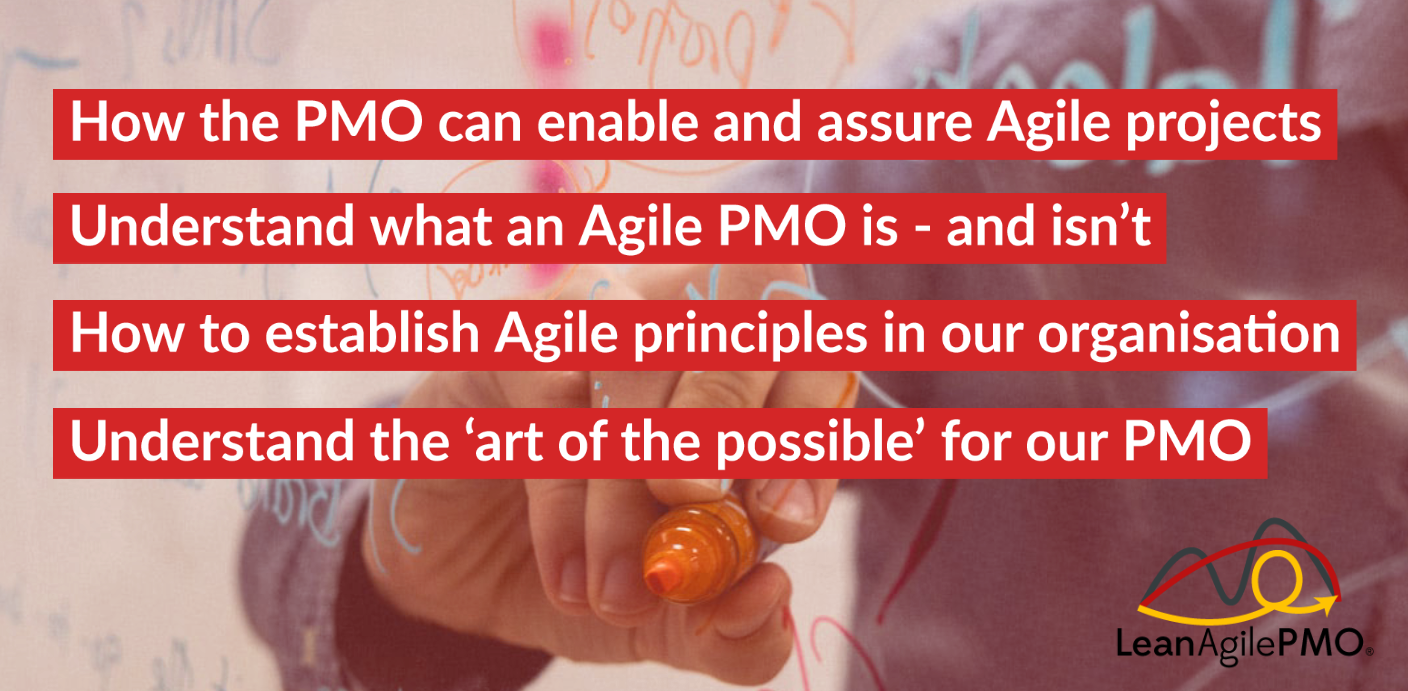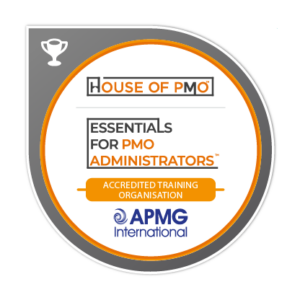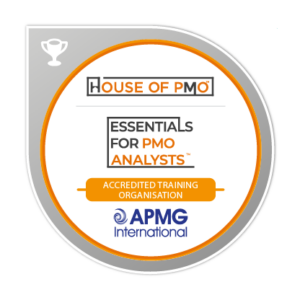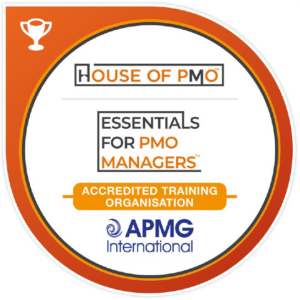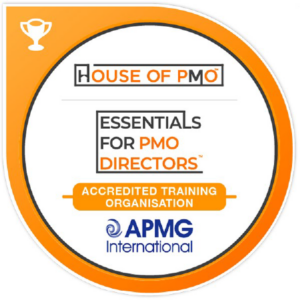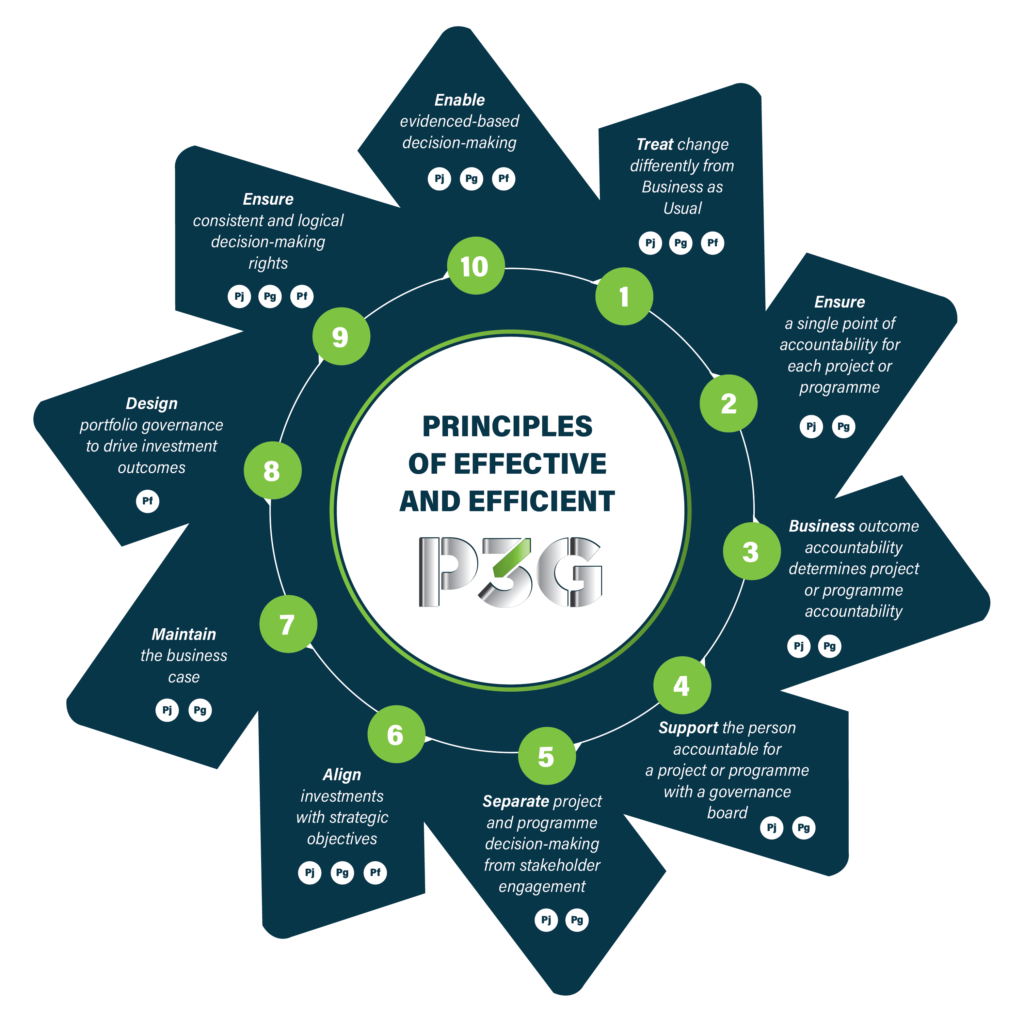
Here at PMO Learning, we have two courses that fit perfectly together for this article. Both the Assurance for PMO Professionals and the Lean-Agile PMO courses cover distinct knowledge and training for PMO professionals but what happens when we bring them a little closer and ask the question about what assurance is needed on Agile-led projects and programmes?
 In Agile-led projects and programmes, the assurance process can often be misunderstood. It’s common to associate “Assurance” solely with formal reviews, leading to questions about how to conduct effective assurance in a fast-moving Agile environment. However, as Roy Millard of the Assurance for PMO Professionals course points out, assurance is more than just reviews—it encompasses any system or activity that builds confidence in project success. This understanding shifts the focus from rigid activities to more flexible principles that adapt to Agile’s iterative and evolving nature.
In Agile-led projects and programmes, the assurance process can often be misunderstood. It’s common to associate “Assurance” solely with formal reviews, leading to questions about how to conduct effective assurance in a fast-moving Agile environment. However, as Roy Millard of the Assurance for PMO Professionals course points out, assurance is more than just reviews—it encompasses any system or activity that builds confidence in project success. This understanding shifts the focus from rigid activities to more flexible principles that adapt to Agile’s iterative and evolving nature.
1. Assurance Principles for Agile Projects
The most important principle in any assurance activity is that it should be risk-based. This remains true for Agile projects, even though the activities supporting assurance might differ. In Agile, where change happens rapidly and deliverables are produced incrementally, it’s crucial to understand where and when risks are likely to arise. Once these risks are identified, assurance efforts can focus on managing and mitigating them. Roy Millard, training lead for the Assurance course, mentions, “The starting point for managing assurance on Agile projects is to understand what, where, and when the risks are, and then think about what you can do to check whether those risks are under control: that’s what Assurance is all about.”
2. Planning and Risk-Based Assurance in Agile
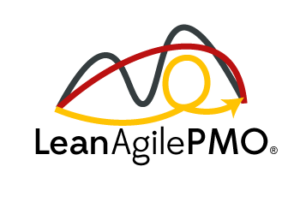 The Lean-Agile PMO course builds on this principle, offering practical steps to ensure assurance activities are both efficient and effective in Agile environments. The first step is to set clear objectives for the assurance activity—are you evaluating product value, delivery effectiveness, or risk reduction? Once the objectives are set, a detailed risk assessment should follow. This helps focus assurance efforts on high-risk areas that could potentially impact project success. Since Agile works on incremental deliveries, assurance might need to focus on partially completed deliverables, as they reflect the current state of progress and potential risks.
The Lean-Agile PMO course builds on this principle, offering practical steps to ensure assurance activities are both efficient and effective in Agile environments. The first step is to set clear objectives for the assurance activity—are you evaluating product value, delivery effectiveness, or risk reduction? Once the objectives are set, a detailed risk assessment should follow. This helps focus assurance efforts on high-risk areas that could potentially impact project success. Since Agile works on incremental deliveries, assurance might need to focus on partially completed deliverables, as they reflect the current state of progress and potential risks.
3. Engaging with the Agile Team
Given that Agile reduces documentation compared to traditional project methodologies, the assurance process needs to adapt. This involves not only reviewing what little documentation exists but also engaging directly with the team. Interviews with key stakeholders provide valuable anecdotal evidence about the project’s progress and adherence to Agile principles. Observing Agile ceremonies, such as daily stand-ups and retrospectives, offers further insights into how the project is operating in practice.
Agile projects also generate a wealth of metrics, such as velocity and cycle time, which are integral to assurance activities. As the Lean-Agile training lead, Jon Ward advises, “an Agile squad with sound delivery practices will have metrics that should be available for audit.” These metrics offer quantitative evidence of the team’s performance and can be used to identify trends, constraints, or opportunities for improvement.
4. Reviewing Scope and Backlogs
The Lean-Agile PMO course highlights the importance of examining the project’s scope through its user stories and backlogs. Assurance activities should include a detailed review of these items to ensure they are well-defined, prioritised, and aligned with the project’s goals. Poorly managed backlogs can hinder progress, leading to delays and increased costs. Therefore, assurance should scrutinise not only the content of the user stories but also their acceptance criteria, which must be clear and measurable.
By continuously reviewing the backlog, assurance can help prevent scope creep and ensure that the most valuable features are prioritised for development. This proactive approach to scope management aligns with Agile’s emphasis on delivering value incrementally.
5. Measuring the Impact of Assurance
Another common question is how to measure the effectiveness of assurance activities, particularly in Agile projects where progress is less linear. Roy suggests that there may be a correlation between the effectiveness of assurance and the amount of residual risk—effective assurance should reduce risk over time. This principle could serve as a guiding metric for evaluating the success of assurance activities in Agile projects.
Adapting Assurance for Agile Success
The assurance of Agile-led projects requires a flexible yet principled approach. By focusing on risk-based assurance, engaging with the team through interviews and observations, leveraging Agile metrics, and thoroughly reviewing the scope and backlogs, assurance can adapt to the fast-paced, iterative nature of Agile without losing its effectiveness. The contributions from both the Assurance for PMO Professionals and Lean-Agile PMO courses highlight the importance of balancing principle-based assurance with practical, targeted activities that support Agile’s goals of delivering value and mitigating risks.
Enjoying Our Blog?
Sign up and receive all our articles (we’ll send you an update once a week!) plus special offers and events:

